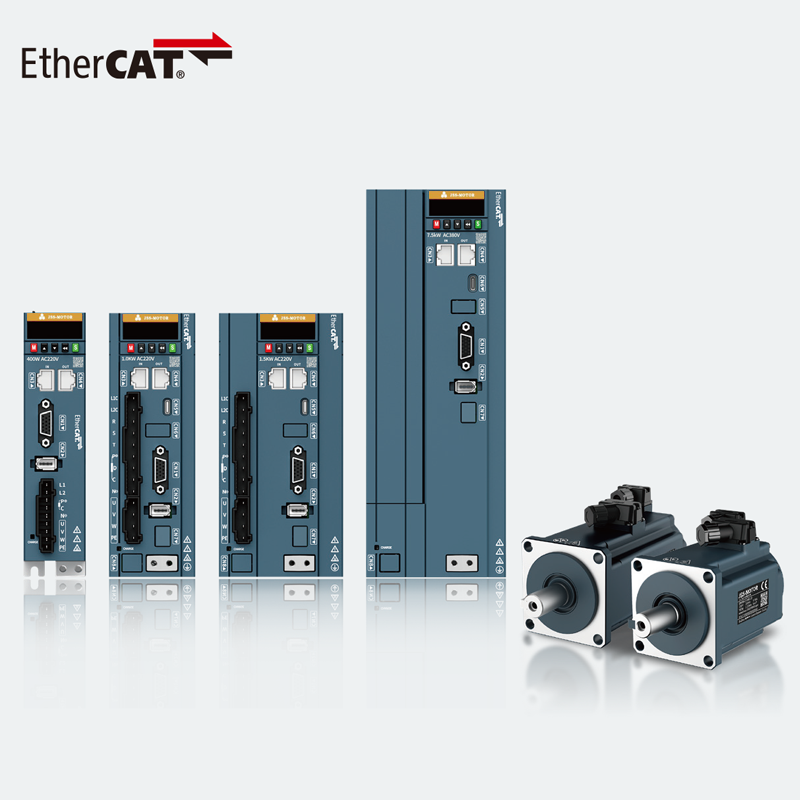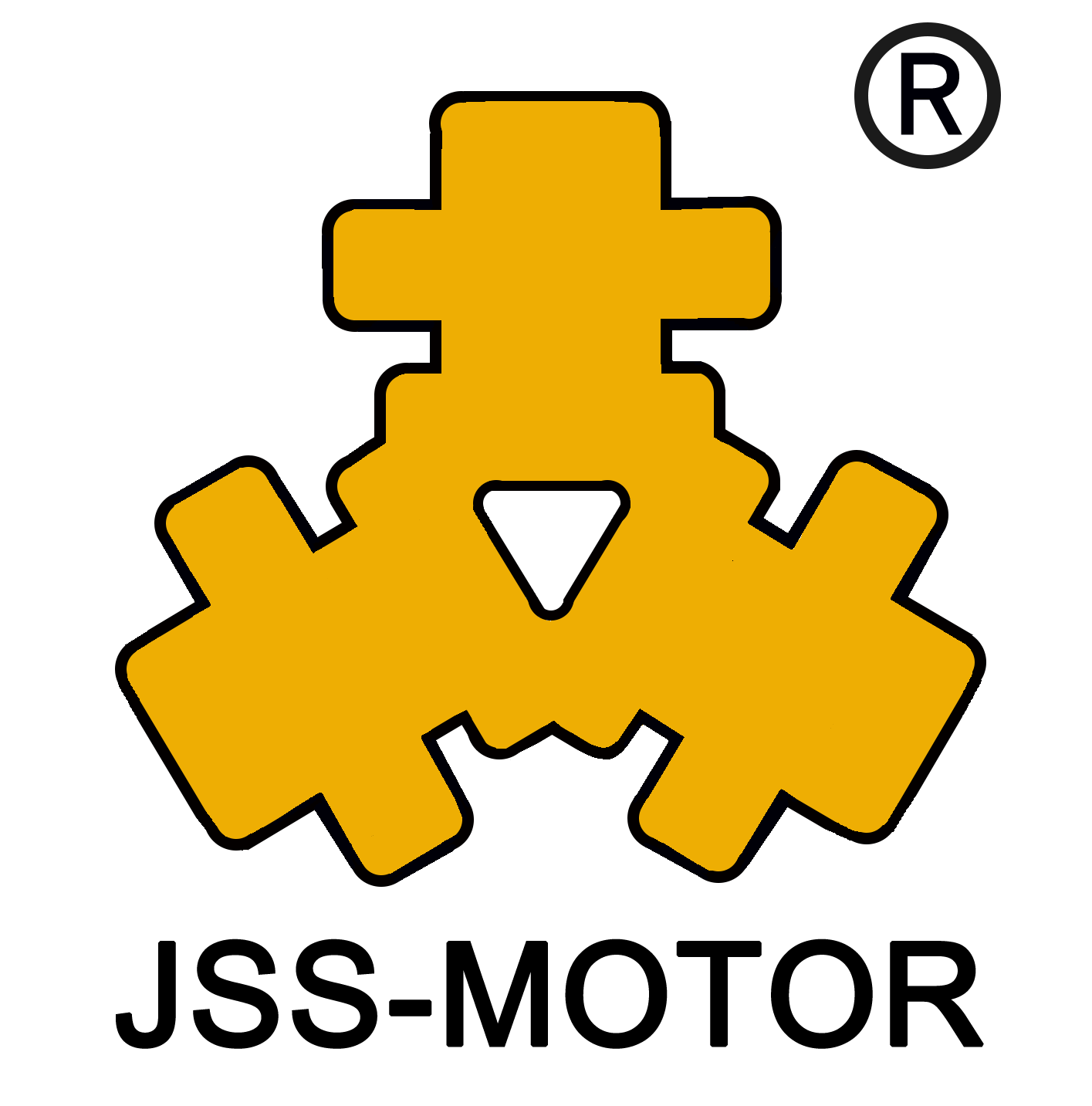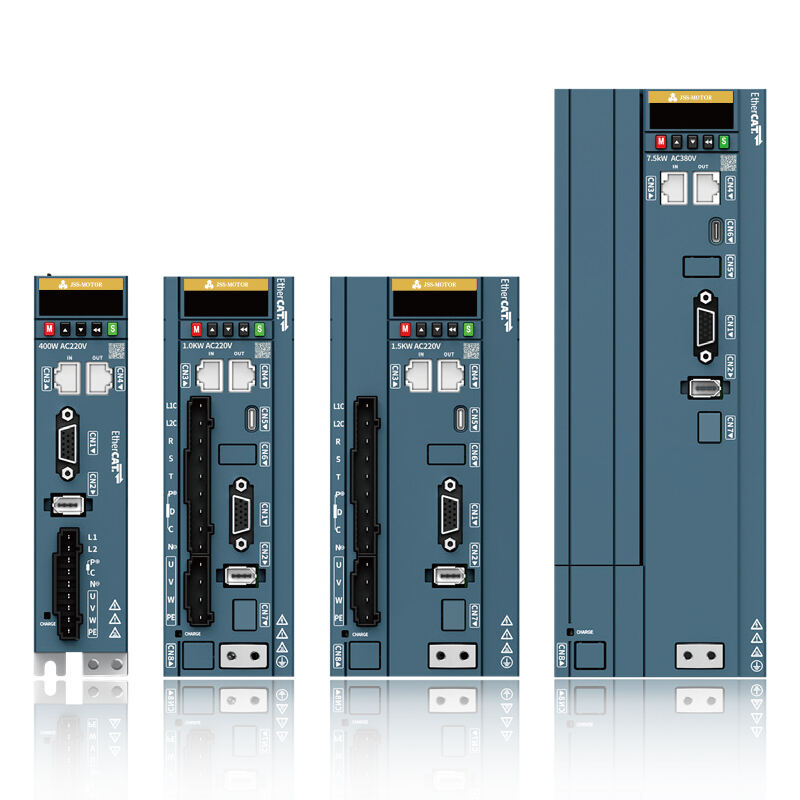Industrial automation systems rely heavily on the precise control and reliability of servo drives for optimal performance. A servo drive functions as the brain of motion control systems, converting command signals into precise motor movements. Understanding common problems and their solutions is crucial for maintaining efficient operations and minimizing costly downtime.

Understanding Servo Drive Fundamentals
Basic Components and Operation
A modern servo drive consists of sophisticated electronic components that work together to control motor position, velocity, and torque. The main components include power electronics, control circuits, feedback devices, and communication interfaces. Understanding these elements is essential for effective troubleshooting and maintenance.
The control algorithm within the servo drive processes feedback signals from encoders or resolvers, comparing actual position and velocity with commanded values. This closed-loop control ensures precise motion control and position accuracy, making servo drives ideal for applications requiring exact movements and positioning.
Common Applications
Servo drives find extensive use in CNC machines, robotics, packaging equipment, and precision manufacturing processes. These applications demand high accuracy, quick response times, and reliable performance. The servo drive's ability to maintain precise control under varying loads makes it indispensable in modern industrial automation.
Electrical Issues and Solutions
Power Supply Problems
Many servo drive issues stem from inadequate or unstable power supply. Voltage fluctuations can cause erratic behavior, while undervoltage conditions may trigger protective shutdowns. Regular monitoring of input power quality and installing appropriate power conditioning equipment can prevent these issues.
Implementing proper grounding systems and using shielded cables helps minimize electrical noise interference. This is particularly important in environments with multiple servo drives or high-power equipment operating simultaneously.
Signal Interference
Electronic noise can significantly impact servo drive performance. Common sources include nearby welding equipment, variable frequency drives, or improper cable routing. Installing appropriate EMI filters and maintaining proper cable separation between power and signal wires helps maintain signal integrity.
Mechanical Troubleshooting
Alignment and Coupling Issues
Mechanical misalignment between the motor and load can cause excessive vibration, premature bearing wear, and reduced system efficiency. Regular inspection and maintenance of mechanical components, including couplings, bearings, and mounting hardware, helps prevent these issues.
Load Management
Proper sizing of the servo drive and motor combination is crucial for optimal performance. Overloading can cause overheating, while underutilization may result in poor control response. Regular monitoring of load conditions and adjustment of control parameters ensures optimal performance.
Software and Configuration
Parameter Settings
Incorrect parameter settings are a common source of servo drive problems. This includes improper gain settings, acceleration/deceleration rates, and position limits. Regular backup of working configurations and documentation of changes helps maintain system reliability.
Communication Issues
Modern servo drives often integrate with industrial networks using protocols like EtherCAT or PROFINET. Communication problems can arise from incorrect network settings, damaged cables, or protocol mismatches. Systematic testing and proper documentation of network configurations aids in quick problem resolution.
FAQ
What causes servo drive overheating?
Servo drive overheating typically results from excessive load, poor ventilation, or environmental conditions exceeding specifications. Regular maintenance of cooling systems and proper sizing of components helps prevent thermal issues.
How often should servo drives be maintained?
Preventive maintenance should be performed at least quarterly, including inspection of electrical connections, cooling systems, and mechanical components. More frequent checks may be necessary in demanding applications or harsh environments.
When should a servo drive be replaced?
Consider replacement when experiencing frequent failures, decreased performance, or when repair costs approach replacement cost. Additionally, obsolete models may lack support or replacement parts, making upgrade necessary for system reliability.

